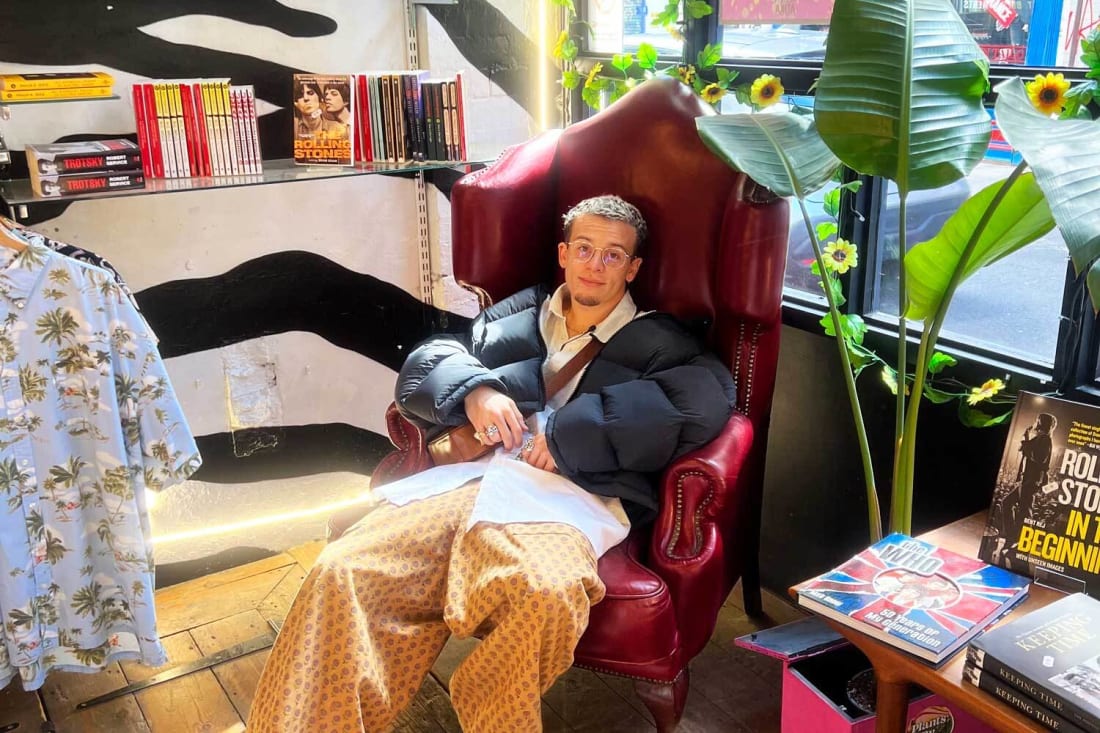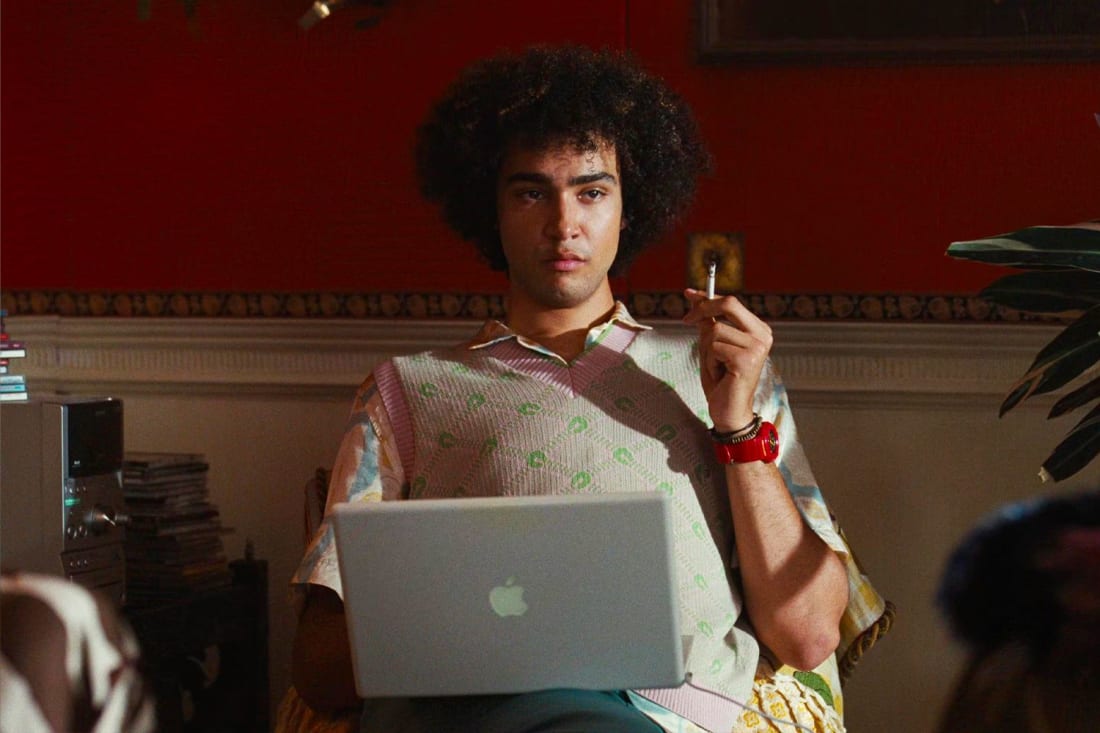Virtual reality therapy might be the next frontier of wellness
As VR therapy becomes more accessible than ever, can strapping on a headset really help your mental health?
As VR therapy becomes more accessible than ever, can strapping on a headset really help your mental health?
Imagine you’re terrified of heights, but there’s a cat stuck in a tree. Your therapist encourages you to face your fears and scale the branches until you’re teetering five metres above the ground. Sounds kind of dangerous, right? Well, in this scenario, there’s no danger. The cat doesn’t exist, you haven’t climbed a tree and you never even left your therapist’s office. Enter: virtual reality therapy.
This is part of a long-used method called exposure therapy, where you’re subjected to an object, situation, or activity that makes you feel afraid. Until now, introducing patients to controlled, clinical environments that treat phobias such as heights, needles, and flying has been a challenge – but VR software is changing the game.
The conditions that VR therapy treats are usually anxiety-related, such as generalised anxiety, OCD, phobias and paranoia, as well as other issues like PTSD and eating disorders – some of the most common mental health struggles for young people. A 2023 study revealed that over 60% of Gen Z have an anxiety disorder, and 46% of Gen Z feel stressed or anxious all or most of the time. Essentially, we’re the most anxious generation with (surprise, surprise) Covid, the climate crisis and economic stress cited as contributing factors.
Within your virtual world, you can experience a range of real-life scenarios. Using social anxiety or agoraphobia – the fear of open or crowded spaces – as examples, this could be places like cafes, pubs, or the local shops, each with five levels of difficulty. On the first level, you might go into a cafe with only one or two people; at the highest level, it’s bustling and noisy.
Like many others in the UK, Jacob* was living with serious long-term social anxiety that only worsened during Covid, “I was having a lot of problems with confidence around other people. I was wary about going into certain situations… that could be cafes, buses, anywhere there were crowds. Part of my mental health problem was that I was suspicious of people and what they intended to do because part of my psychosis was worrying that they would harm me,” he says.
He was initially introduced to VR therapy through his doctor and was apprehensive about the idea, but quickly became comfortable. “I thought I’d be fearful about doing [VR therapy], but I found it a very safe environment. I knew the people I was seeing on screen weren’t real, so I could rise above my mental health problems,” he says. “Then, I’d try to use the techniques I’d learned from the lessons in those sessions in the real world.”
“It’s allowed me to put aside the anxieties I’ve had for so long. I’ve been able to make eye contact; I can walk down the street without worrying and feel confident in going to a cafe to buy coffee. It really has been a life-changer,” he says.
If this seems confronting, imagine being transported back into active combat after serving in the military. This is one of the distressing situations that someone with PTSD might reenter through a virtual reality headset. While it may seem overwhelming, extended exposure has gained widespread recognition as a potent method for treating chronic PTSD, diminishing the intensity of a patient’s reactions to traumatic flashbacks and affirming that their thoughts can be managed. The New York Times interviewed ex-soldier Chris Merkle, revealing that VR therapy helped him confront previously blocked-out memories of war, meaning he proved to himself that he could survive these recollections and shed some of the fear that had consumed him.
According to another study, Gen Z is also more likely to report having a behavioural health diagnosis, but less likely to seek treatment. This research found that they rely on social media, and digital tools when they do seek help, pointing to the promise of VR therapy for young people who are already comfortable with digital spaces and gamification.
Daniel Stricker, a virtual reality developer who helps build VR technology for hospitals, programmes wellness software encouraging meditation and calming patients experiencing panic attacks. “We’re piloting two VR headsets in the youth ward, one of which is a Cognitive Behavioural Therapy (CBT) digital program, and the other is a wellness program,” he says. For a child with a long-term illness, the four walls of their hospital room are often their view day-to-day, and for kids undergoing a procedure, their first visit to a ward can be daunting. Thanks to VR headsets specifically designed for this purpose, they’re transported to colourful, three-dimensional worlds, exploring planets in outer space or meeting dinosaurs on a Jurassic safari.









